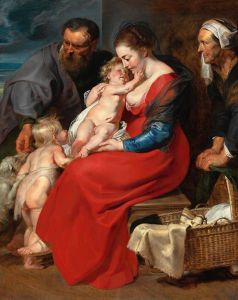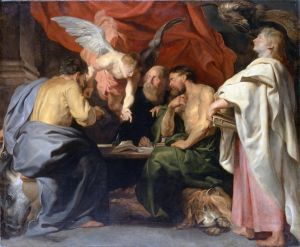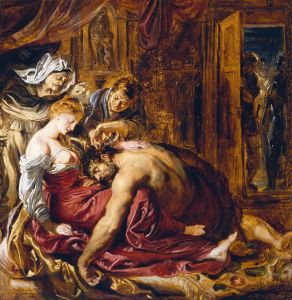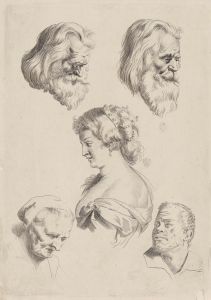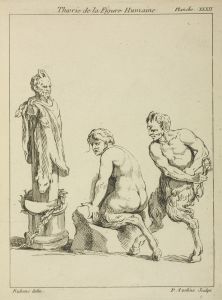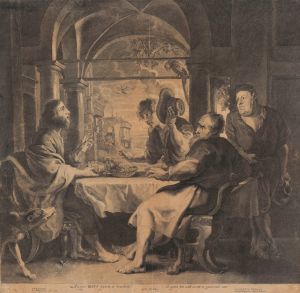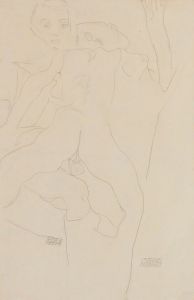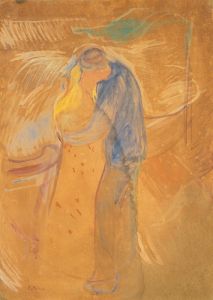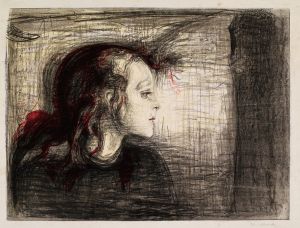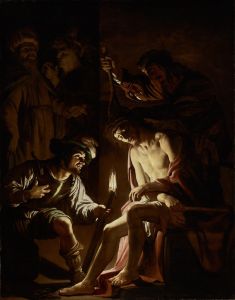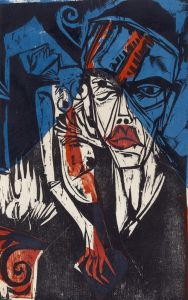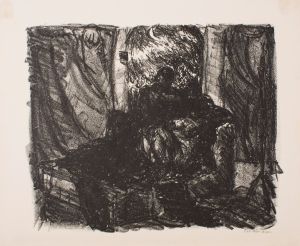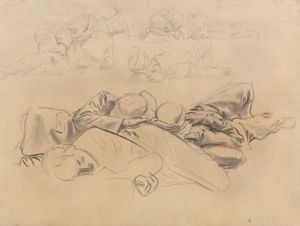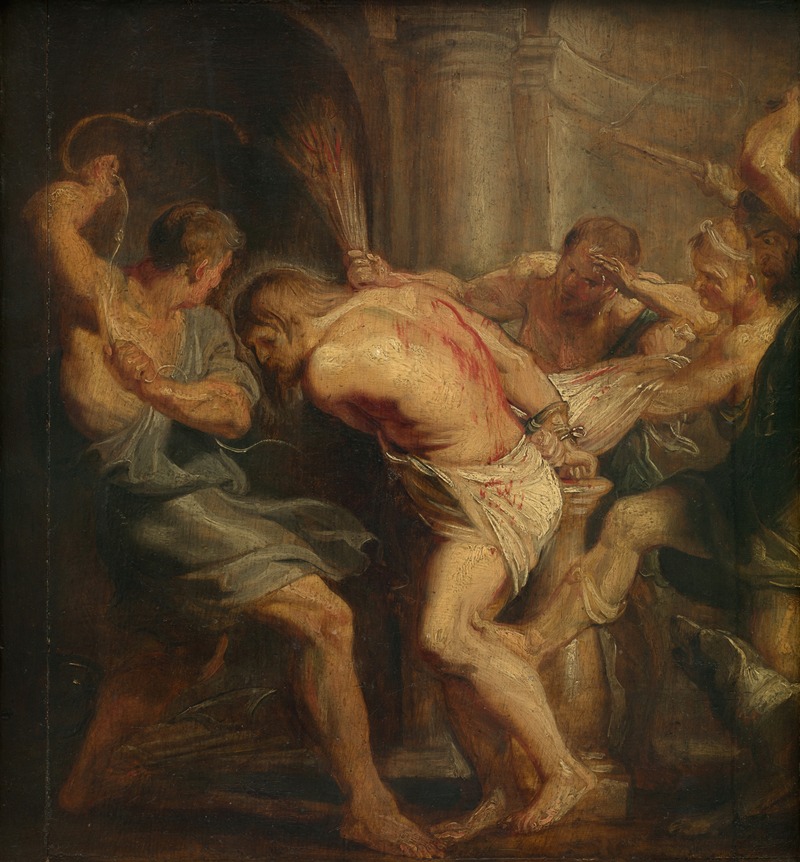
The Flagellation of Christ
A hand-painted replica of Peter Paul Rubens’s masterpiece The Flagellation of Christ, meticulously crafted by professional artists to capture the true essence of the original. Each piece is created with museum-quality canvas and rare mineral pigments, carefully painted by experienced artists with delicate brushstrokes and rich, layered colors to perfectly recreate the texture of the original artwork. Unlike machine-printed reproductions, this hand-painted version brings the painting to life, infused with the artist’s emotions and skill in every stroke. Whether for personal collection or home decoration, it instantly elevates the artistic atmosphere of any space.
Peter Paul Rubens, a prominent Flemish Baroque painter, is renowned for his dynamic compositions, vibrant color palette, and dramatic use of light and shadow. Among his extensive body of work is "The Flagellation of Christ," a painting that exemplifies his mastery in depicting religious themes with emotional intensity and technical precision.
"The Flagellation of Christ" portrays the biblical scene of Jesus Christ being scourged before his crucifixion, a common subject in Christian art that emphasizes Christ's suffering and sacrifice. Rubens' interpretation of this event is marked by his characteristic style, which combines robust figures, dynamic movement, and a vivid interplay of light and shadow to convey the drama and emotional weight of the scene.
In the painting, Christ is depicted at the center, bound to a column, his body twisted in a pose that highlights his muscular form and the physical torment he endures. Surrounding him are his tormentors, whose vigorous movements and expressions of exertion contrast with Christ's serene and resigned demeanor. This juxtaposition serves to underscore the theme of divine suffering and human cruelty.
Rubens' use of color in "The Flagellation of Christ" is particularly noteworthy. He employs a rich palette, with deep reds and browns dominating the composition, creating a somber and intense atmosphere. The artist's skillful application of chiaroscuro, the contrast between light and dark, further enhances the dramatic impact of the scene. Light falls on Christ's body, illuminating his figure and drawing the viewer's attention to his suffering, while the surrounding figures are cast in shadow, emphasizing their roles as antagonists.
The composition of the painting is carefully structured to guide the viewer's eye across the canvas. Rubens uses diagonal lines and the positioning of the figures to create a sense of movement and tension. The viewer is drawn into the scene, experiencing the emotional turmoil and physical violence depicted with a sense of immediacy.
Rubens' ability to convey complex narratives and emotions through his art is evident in "The Flagellation of Christ." His depiction of this pivotal moment in the Passion of Christ reflects not only his technical prowess but also his deep understanding of the religious and emotional significance of the subject matter. The painting serves as a powerful reminder of the themes of sacrifice, redemption, and the human capacity for both cruelty and compassion.
While specific details about the commission or the exact date of creation for "The Flagellation of Christ" by Rubens may not be extensively documented, the painting remains an important example of his religious works. It reflects the broader context of Baroque art, characterized by its emphasis on movement, emotion, and the dramatic interplay of light and shadow. Through this work, Rubens continues to be celebrated as one of the foremost painters of his time, whose influence extends far beyond the boundaries of his native Flanders.





